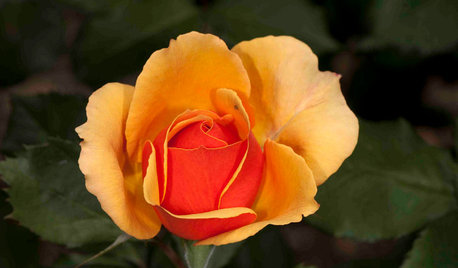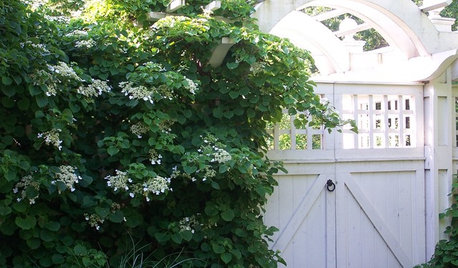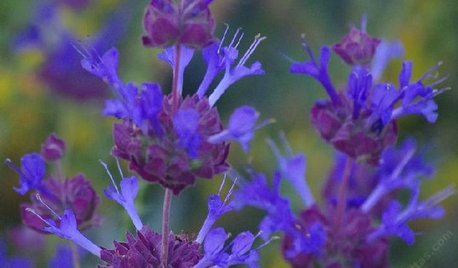Starting a rose/clematis blend in fall
GardeningHeidi
10 years ago
Related Stories

PLANTING IDEASGreat Garden Combo: Rose + Clematis for Small-Space Impact
We all need somebody to lean on. And when a rose supports a climbing vine, the results can totally transform a small garden
Full Story
GARDENING GUIDES6 Steps to Get a Garden Off to a Glowing Start
Grow a lush, balanced garden from an empty patch of yard or neglected landscape spot with these easy-to-follow guidelines
Full Story
FALL GARDENINGHouzz Call: Show Us Your Fall Color!
Post pictures of your fall landscape — plants, leaves, wildlife — in the Comments section. Your photo could appear in an upcoming article
Full Story
WINTER GARDENINGPruning Secrets for Exquisite Roses
Encourage gorgeous blooms year after year with this time-tested advice on how to prune your rosebush in winter for health and shape
Full Story
GARDENING GUIDESGreat Design Plant: Sally Holmes Rose
This simple yet versatile climbing rose grows vigorously all year; plant now for abundant spring and summer blooms
Full Story
GARDENING GUIDES6 Captivating Roses for an Alluringly Fragrant Garden
Perfume your garden with aromas from richly spicy to lightly sweet, without sacrificing an inch of color
Full Story
SPRING GARDENING5 Exotic Rose Colors for a Beautifully Different Garden
Give red a rest. Let these daring hues take the spotlight instead for a rose garden that turns heads
Full Story
FALL GARDENING6 Deer-Resistant Flowering Vines to Plant This Fall
Have a major deer problem? Here are some of the only vines that have a chance of not being eaten
Full Story
GARDENING GUIDES8 Plants for a Deliciously Fragrant Fall Garden
Scent the autumn air with the perfume of caramel corn, honey and spices by adding these intoxicating plants to your landscape
Full Story
GARDENING GUIDES8 Flowers That Dazzle With Fall Color
From flaming orange to supersaturated purple, these blooming beauties will set your fall garden ablaze with vivid hues
Full Story






NHBabs z4b-5a NH
GardeningHeidiOriginal Author
NHBabs z4b-5a NH
true_blue
GardeningHeidiOriginal Author
true_blue
NHBabs z4b-5a NH
GardeningHeidiOriginal Author
true_blue
NHBabs z4b-5a NH
GardeningHeidiOriginal Author
NHBabs z4b-5a NH
harryshoe zone6 eastern Pennsylvania
GardeningHeidiOriginal Author
true_blue
GardeningHeidiOriginal Author
true_blue
GardeningHeidiOriginal Author
true_blue
true_blue
NHBabs z4b-5a NH
true_blue
true_blue
GardeningHeidiOriginal Author
trovesoftrilliums
mnwsgal
GardeningHeidiOriginal Author
GardeningHeidiOriginal Author
true_blue
GardeningHeidiOriginal Author